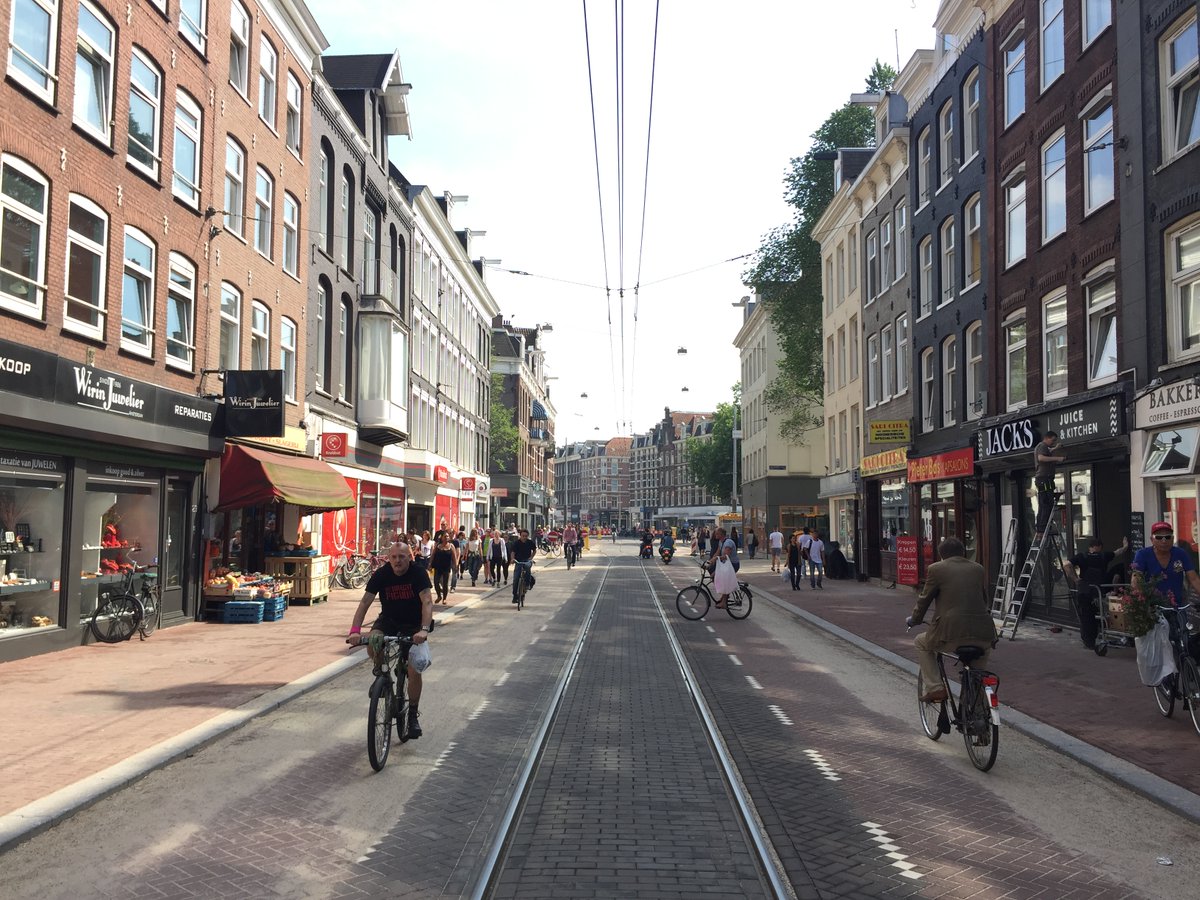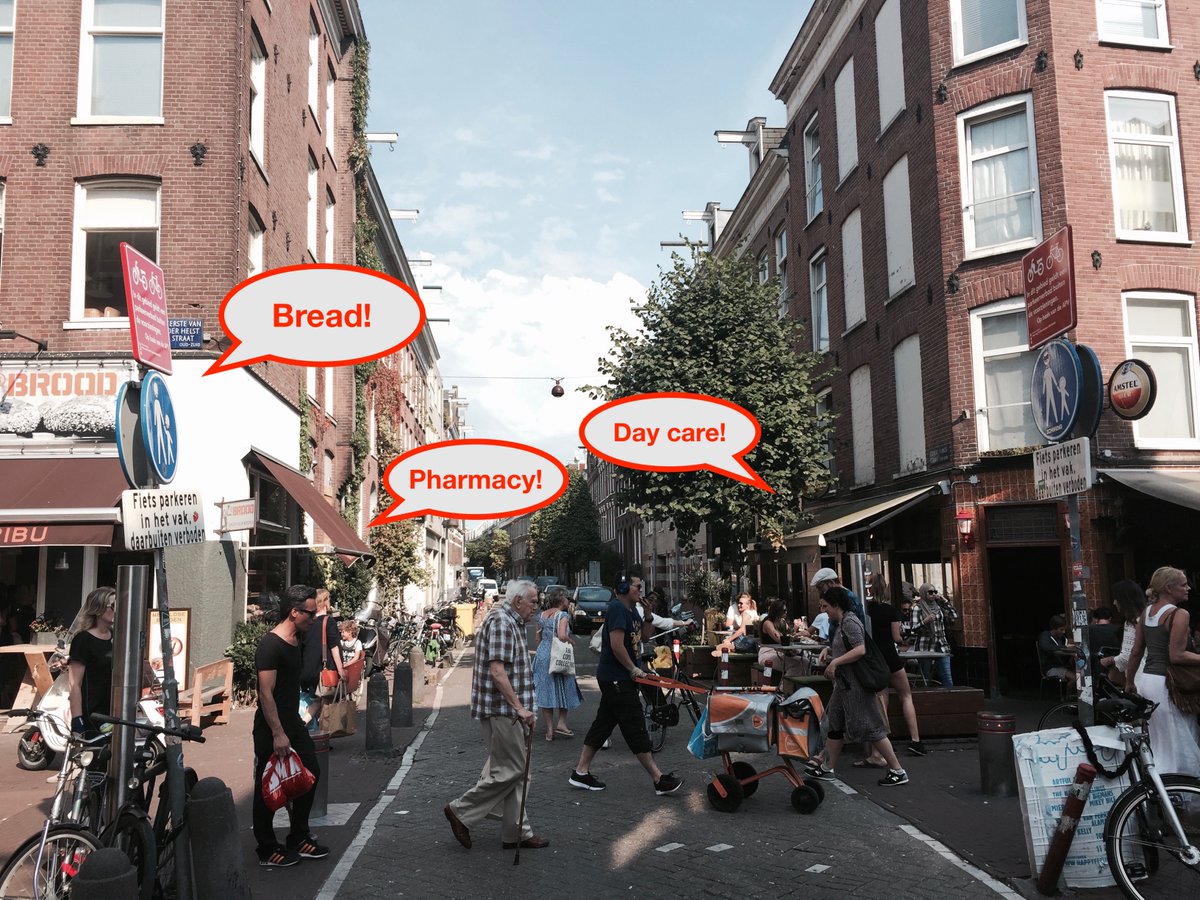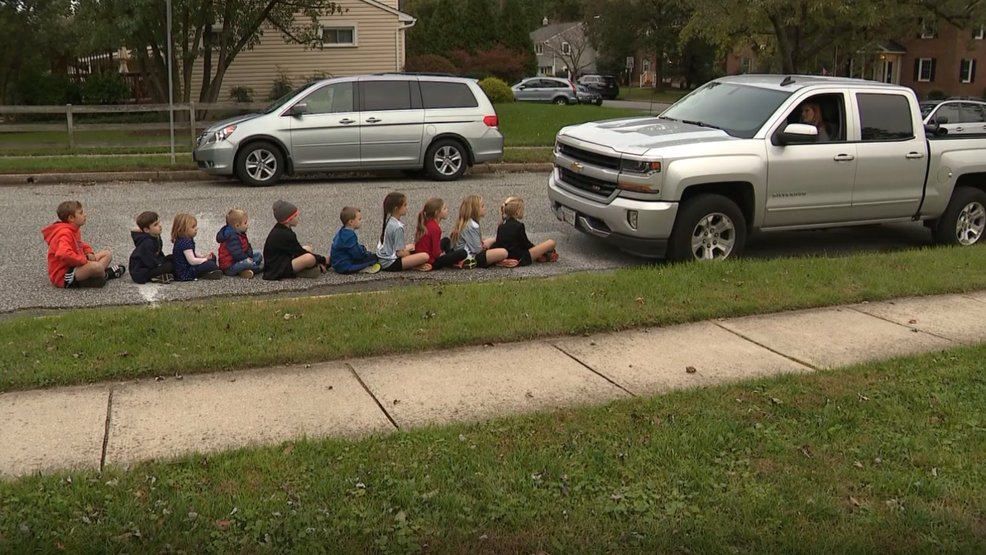
[Mini lecture on Systemic Traffic Violence: 1/11]
If you manually operate a machine of 1300 kilograms (the average weight of a car)…
Pictures by:
@schmangee
@andyjayhawk
@hurtado_alvardo
and....@Audi themselves (H/T @StripyMoggie)



If you manually operate a machine of 1300 kilograms (the average weight of a car)…
Pictures by:
@schmangee
@andyjayhawk
@hurtado_alvardo
and....@Audi themselves (H/T @StripyMoggie)




[2/11]
…that offers you relative protection, but can easily be lethal for everybody around you…
Picture via @EdwardLamb
…that offers you relative protection, but can easily be lethal for everybody around you…
Picture via @EdwardLamb

[3/11]
...at a speed of more than 30 kilometers per hour (or: 8 meters each second)…
(source: @NACTO)
...at a speed of more than 30 kilometers per hour (or: 8 meters each second)…
(source: @NACTO)

[4/11]
…in an environment with vulnerable people all around you; people like your parents, your children, your neighbours and people like your friends...
(let’s say, a city)
…in an environment with vulnerable people all around you; people like your parents, your children, your neighbours and people like your friends...
(let’s say, a city)
[5/11]
…and you CANNOT GUARANTEE that your attention will NEVER slip for a second, only a second (in which you are more than 8 meters further down the road)…
(source of cartoon unknown)
…and you CANNOT GUARANTEE that your attention will NEVER slip for a second, only a second (in which you are more than 8 meters further down the road)…
(source of cartoon unknown)

[6/11]
…under increasingly difficult conditions to keep your attention on the world around you..
(due to increasing comfort, ever larger screens and multimedia, other occupants)
(pictures of full dashboard screens via : theglobeandmail.com/drive/culture/…)



…under increasingly difficult conditions to keep your attention on the world around you..
(due to increasing comfort, ever larger screens and multimedia, other occupants)
(pictures of full dashboard screens via : theglobeandmail.com/drive/culture/…)




[7/11]
…you are a habitual offender of reckless or negligent driving. By design. And as continuously advertised as completely normal.
(video edited by @tomflood1)
…you are a habitual offender of reckless or negligent driving. By design. And as continuously advertised as completely normal.
(video edited by @tomflood1)
[8/11]
A crime that most of the time doesn’t end bad for you, fortunately…
(Cover of @SZ with German cyclists killed by negligence)
A crime that most of the time doesn’t end bad for you, fortunately…
(Cover of @SZ with German cyclists killed by negligence)

[9/11]
…but annually kills more than 1.000.000 people and maims many more: People like your parents, your children, your neighbours, people like your friends.
(statistics by @WHO)
…but annually kills more than 1.000.000 people and maims many more: People like your parents, your children, your neighbours, people like your friends.
(statistics by @WHO)

[10/11]
Humans are fallible, assuming they are not is a collossal mistake that has made our public space into a landscape of fear and violence.
It seems a price we are accepted to pay.
But is it?
(cartoon by @Avidor)
Humans are fallible, assuming they are not is a collossal mistake that has made our public space into a landscape of fear and violence.
It seems a price we are accepted to pay.
But is it?
(cartoon by @Avidor)

[11/11]
Think about that for a moment, the next time you get into a car.
Or the next time somebody calls for hi-viz, helmets or disciplining pedestrians/cyclists.
(by @QAGreenways)
Think about that for a moment, the next time you get into a car.
Or the next time somebody calls for hi-viz, helmets or disciplining pedestrians/cyclists.
(by @QAGreenways)

@threadreaderapp unroll if you will
• • •
Missing some Tweet in this thread? You can try to
force a refresh

















